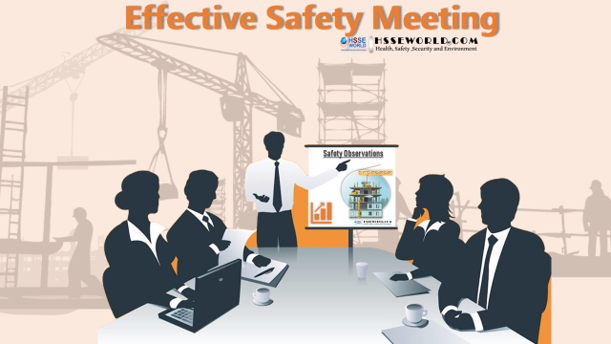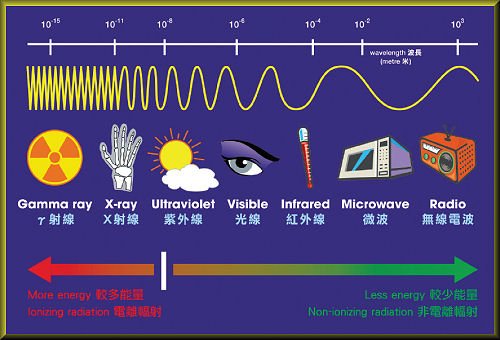In the Pipeline and Hazardous Materials Safety Administration’s (PHMSA) February 2020 Public Meeting, PHMSA’s Office of Pipeline Safety outlined a three-step process toward better safety management systems:
- Reactive: Develops strategies that respond to past incidents and accidents
- Proactive: Actively collects data to identify and address current hazardous conditions
- Predictive: Systematically analyzes safety risk data and performs forward-looking data analytics to identify potential/future problems

Today, enterprise platforms for aerial data that combine unmanned aerial vehicles (UAVs) and AI-driven predictive analytics can help you better visualize safety issues on your asset. With this data, you can contextualize readings from your existing sensor systems, unlock new insights to combat major threats to safety on your right-of-way (ROW), and ultimately develop the predictive analytics you need to anticipate accidents before they occur.
1. Reactive: An Unmanned First Response in Active Leak Scenarios
More often than not, today’s pipeline monitoring happens largely through Supervisory Control and Data Acquisition (SCADA) systems. These systems use in-line sensors that measure flow rate, pressure, temperature, etc. to flag potential leaks.
While these systems are great for detecting when an accident has occurred, the response process leaves much to be desired. The problem is, SCADA sensors can be separated across great distances, meaning once an alert goes off, your personnel has to search for the “needle in the haystack” to establish the precise location of the incident.
In other words, your staff can be walking into a hazardous situation with insufficient intel to take the proper precautions. Alternatively, you can have an unmanned system take the first-response risk on their behalf. When the system triggers an alert, the UAV can be rapidly deployed to perform a thorough survey of the pipeline segment in question. Maintenance teams can view a real-time feed of the flight, or AI systems can quickly scan through the survey data upon return. With the incident pinpointed and classified, your team has the intel they need to follow up more safely and effectively than ever before.
2. Proactive: Mitigate External Threats and Slowly Developing Issues
PHMSA’s Pipeline Incident 20 Year Trend report shows that the industry is struggling to get in front of external hazards to their pipeline safety. In 2019 alone, damage from excavation (largely third-party), the natural elements, and other outside forces accounted for approximately 25% of reported incidents.
Why is this? Current monitoring methodologies leave you in a reactive stance. Visual inspections with personnel don’t happen on the routine basis needed to reliably prevent these issues, and in-line leak detection systems can only notify you after an incident has already occurred.
An aerial data platform possesses the automation you need to routinely inspect your pipeline ROW with little manual effort. During flights, a long-range UAV can be operated by a remote pilot, who acts more as an air traffic controller. You can even manage multiple vehicles with a single person. Meanwhile, autonomous ground station technology allows aerial systems to live directly on-site, handling the take-off, landing, recharging, and image upload independently.
Each aerial inspection is going to generate thousands of images for analysis. This is where AI becomes a valuable asset in the process because with both object and change detection capability, it will prove far more effective in pinpointing external hazards along your ROW than a person would:
- Excavation and Third-Party Activity: Whether it’s a piece of construction machinery, a vehicle, a person, excavation, or debris—AI can recognize the signs of unauthorized activity around your pipeline and categorize it accordingly. With a summary of the issue, along with a time-stamped & geo-referenced image of the anomaly in question—your team can take immediate action to avert damage.
- Natural Forces and Encroaching Activity: With an ever-updating set of new and historical data to compare, AI performs the precise change detection analysis needed on your ROW between inspections. With this capability, you can identify issues that you may not otherwise notice. The gradual erosion of earth above your pipeline, encroaching vegetation, or even construction activity that’s expanding into your property—advanced algorithms highlight how these issues are developing over time.
With UAVs and AI working in tandem within a single platform—sourcing and refining the data you need—you have a far more reliable chance of tackling external safety issues before they initiate a serious accident.
3. Predictive: Understanding an Incident Before It Occurs
Any and all pipeline safety parameters we put in place on a job site are in the interest of preventing an incident. What if you could use data to that very same end?
Everything we’ve discussed above is a critical point of data—a vehicle on your ROW, a significant instance of ground erosion, even a leak detected by your SCADA system and as this data accumulates over time, an aerial data platform can put it toward the creation of predictive models that help you anticipate and prevent accidents along your pipeline.
Layering in other meaningful data only enhances the insight these models can provide. Even freely-available data sources such as weather data can help you gain a better understanding of your pipeline integrity. If your asset is located in areas of heavy seasonal rainfall, you can see how that correlates with issues along your ROW. There are also varying forms of data you can collect as part of your aerial monitoring program. For instance, LiDAR sensors use laser-based imaging to make precise measurements of the surface below, allowing you to accurately track ground movement over time. It’s all about determining what kind of data is going to help you meet your zero-incident goals.
Ultimately, fusing this data into a predictive model allows you to make a paradigm shift in your Emergency Response Plans (ERPs). In addition to your existing protocols for dealing with active incidents, you can build a profile of what the lead-up to an incident looks like and create preventative maintenance strategies that go into effect when these conditions are met. Keep in mind, predictive analytics can also prove valuable during ongoing monitoring of containment and remediation efforts, to see how they’re progressing.
Better Data for Better Pipeline Safety Management
Aerial data platforms can get you the data you need to significantly increase pipeline safety in your day-to-day operation. Provide your staff with the intel they need to initiate a safe and effective response to an active leak scenario and get in front of external threats to your pipeline before they manifest. But, most important of all, the core of all safety efforts is to prevent an incident, rather than react to one. Aerial data platforms allow you to consistently generate the actionable data you need to achieve a zero-incident operation.



